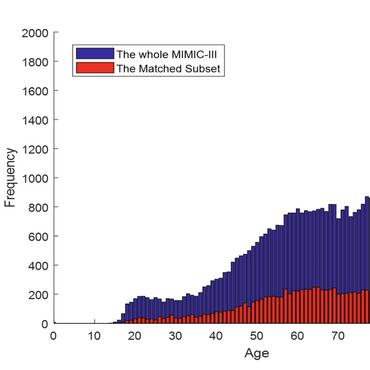Mortality Prediction
60 papers with code • 2 benchmarks • 4 datasets
( Image credit: Early hospital mortality prediction using vital signals )
Libraries
Use these libraries to find Mortality Prediction models and implementationsMost implemented papers
Multitask learning and benchmarking with clinical time series data
Health care is one of the most exciting frontiers in data mining and machine learning.
Efficient nonparametric statistical inference on population feature importance using Shapley values
The true population-level importance of a variable in a prediction task provides useful knowledge about the underlying data-generating mechanism and can help in deciding which measurements to collect in subsequent experiments.
A Comprehensive Benchmark for COVID-19 Predictive Modeling Using Electronic Health Records in Intensive Care
Many deep learning models have been proposed to conduct clinical predictive tasks such as mortality prediction for COVID-19 patients in intensive care units using Electronic Health Record (EHR) data.
MIMIC-III, a freely accessible critical care database
MIMIC-III (‘Medical Information Mart for Intensive Care’) is a large, single-center database comprising information relating to patients admitted to critical care units at a large tertiary care hospital.
Interpretable Outcome Prediction with Sparse Bayesian Neural Networks in Intensive Care
However, flexible tools such as artificial neural networks (ANNs) suffer from a lack of interpretability limiting their acceptability to clinicians.
Using Clinical Notes with Time Series Data for ICU Management
Monitoring patients in ICU is a challenging and high-cost task.
Benchmarking machine learning models on multi-centre eICU critical care dataset
This is the first public benchmark on a multi-centre critical care dataset, comparing the performance of clinical gold standard with our predictive model.
Neural Document Embeddings for Intensive Care Patient Mortality Prediction
We present an automatic mortality prediction scheme based on the unstructured textual content of clinical notes.
Benchmark of Deep Learning Models on Large Healthcare MIMIC Datasets
Deep learning models (aka Deep Neural Networks) have revolutionized many fields including computer vision, natural language processing, speech recognition, and is being increasingly used in clinical healthcare applications.
Early hospital mortality prediction using vital signals
In order to predict the risk, quantitative features have been computed based on the heart rate signals of ICU patients.



 MIMIC-III
MIMIC-III
 MeDAL
MeDAL
 eICU-CRD
eICU-CRD
 Clinical Admission Notes from MIMIC-III
Clinical Admission Notes from MIMIC-III

